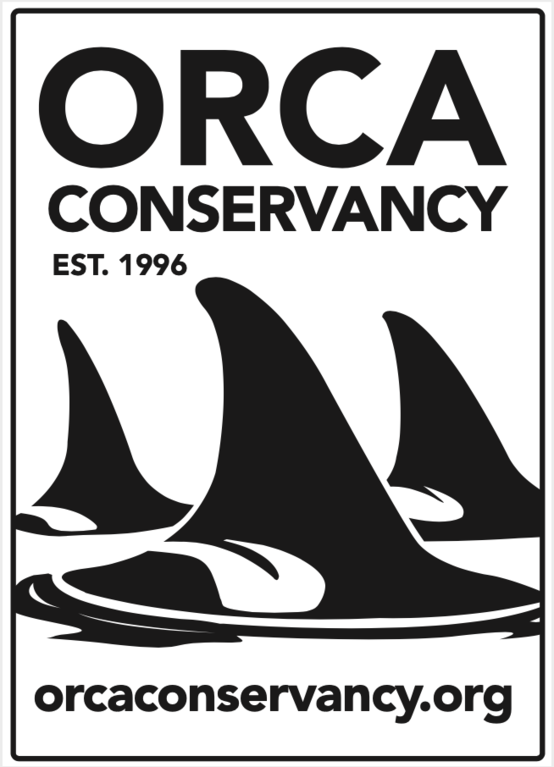Basic history of the Snake River
Guest Blog: James Ives | Principia High School | Senior Project
The Snake River that connects to the Columbia River basin was one of the most bountiful rivers in the U.S with salmon, clean water, and healthy habitats for wildlife. The river was fed by 23 major tributaries and the Snake River was known as the gateway to 5,500 miles of pristine fish habitat in Idaho alone. The river itself had strong cold currents that provided a healthy environment for fish to have successful salmon runs with the strong currents and the river was alive more than ever. This was during a time when the river was designed the way nature and God had intended. The Southern Resident killer whale (SRKW) population had a higher inflow of salmon keeping their numbers growing as well as other local species that rely on the river. I along with Orca Conservancy would like the river to return to the way it once was.
Back in the early 1960s, the Army Corp of Engineers built the four lower Snake River dams (LSRD). These four dams being the Ice Harbor and Lock dam, Lower Monumental Dam and Lock, Little Goose and Lock dam, and lastly the Lower Granite Lock and dam. These four dams are known as the most environmentally destructive dams in America. Their original purpose and why they were built was for flood control, irrigation, navigation, recreation, and hydropower. It is currently still used for agricultural transportation on barges and has been for many years. The sad truth and reality are that barging is simply not needed. Locally there is a railroad that could be used to transport farm goods that go from Lewiston to Portland. Also, the power that the dams generate for the communities they transport power to is only 4% of the power. Yearly citizens of Oregon and Washington pay taxes to fund the building and maintaining these dams and for what? We gain little to nothing from keeping them around.
Before the Dams came into place the Spokane Coeur d'Alene Tribe, Nez Perce in charge of the river and it was their sacred fishing grounds. Every year, many members of this tribe would make their way to Celilo Falls and gather salmon for their yearly harvest. To them the river and the salmon continues to be sacred. It was vitally important to their way of life and those waters were there's and should still be. When the dams were built it diminished their spirituality, culture, and revenue. Their fishing grounds were destroyed forever and Celilo falls ceased to exist. All that is left now is a large body of still dead water with no current. This has caused the wild salmon populations to decrease significantly, the water temperatures to rise, and has caused a major decrease in the inflow of salmon for the SRKW population. The dams have also depleted the number of fish that local fishermen need to feed their communities causing harm not only to wildlife but to human communities as well.
Due to many negative environmental changes which has contributed to the decrease in salmon populations, mitigation facilities known as fish hatcheries were built. Fish hatcheries were built to feed the public with the narrative that they are spawning large amounts of fish, sending them back to the river, and keeping the population alive. When in reality there is nothing natural or environmentally ethical about fish hatcheries. Hatcheries essentially create artificial new populations of salmon. These salmon are raised in steel boxes, are fed like pets, and are not equipped with the skills to survive and take care of themselves when they are released into the wild. Because there are more hatchery salmon than there are wild salmon, both compete for the same food source and this causes the wild salmon population to be overwhelmed by the larger amount of hatchery salmon making it difficult for wild salmon to sustain their population. Not to mention the unhealthy offspring they produce. Often Hatchery fish will mate with wild salmon and produce unnatural and not as healthy salmon. This is due to them all being related. It essentially is a large inbreeding operation. The incredible thing about salmon is they are incredibly resilient, and we don't need to do anything for them other than leave them alone for them to grow in their population and health.
In conclusion, the LSRDs are doing more harm than good and are simply not necessary for the betterment of humanity. The four LSRDs must be taken down, fish hatcheries must close, and the Spokane Coeur d'Alene Indians deserve ownership in full of their waters once again as they had years ago. It’s time to return the river as it was originally made by mother nature and God. If the Dams are taken down there will be real and powerful salmon runs like there were many years ago, The SRKW population will finally get the feast they deserve and help them grow in their population, local fishing communities will up their revenue and be able to feed their families, Justice will finally be served to the tribal communities including having their waters restored to them, more money will be saved instead of wasted in taxpayer dollars, and lastly agricultural companies can transport their farmed goods along the railroad to from Lewiston to Portland.
